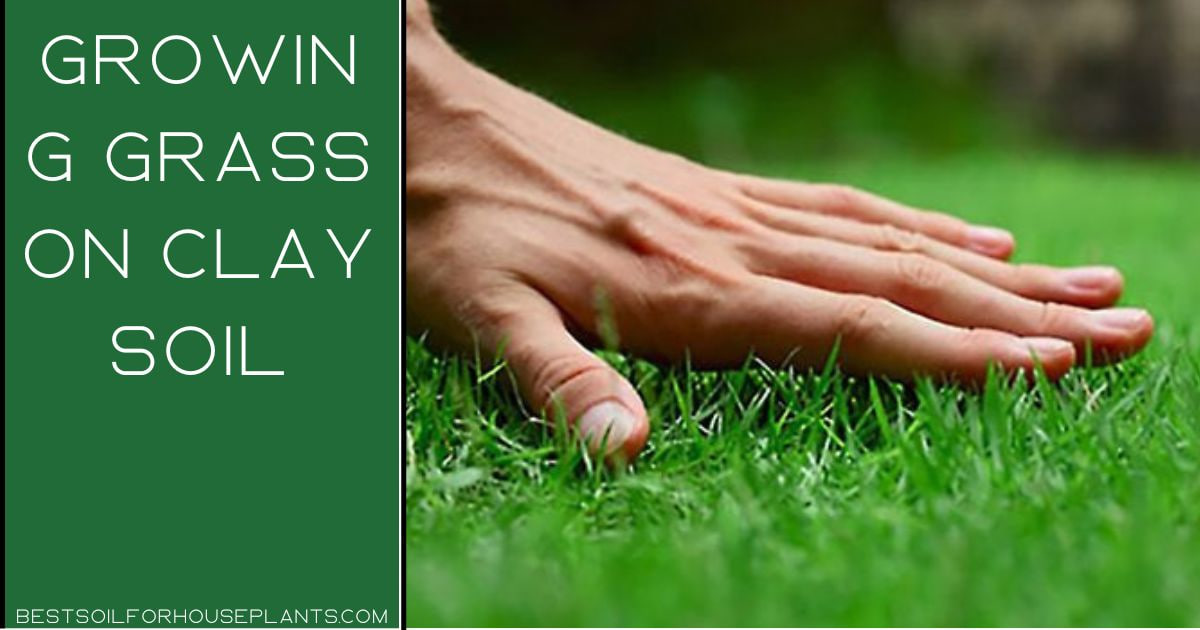Growing grass on clay soil can be a bit of a challenge, but with the right preparation and know-how it’s definitely possible. The first step is to prepare the clay by using either a rake or garden cultivator to loosen it up and remove any rocks and debris. Once the ground is cleared you should try mixing in some organic material such as compost, peat moss, and fertilizer to increase the soil’s drainage capability as well as its overall nutrient content.
Planting grass seed into this improved soil will then enable you to cultivate healthy grass. Bermuda grass is an especially good option for growing in clay soil; its rough texture tolerates waterlogging better than most other types of turfgrass. Despite being a tougher growing process than many other soils, growing grass in clay soil pays dividends because you are likely to end up with a greener lawn that looks better than most other types of lawns due to its unique resilience.
What You Will Need
- Tiller
- Organic compost
- Lawn roller
- Shovel
- Sprinkler
- Straw mulch
- Tape measure
- Small can
Step 1: Determine Soil Density
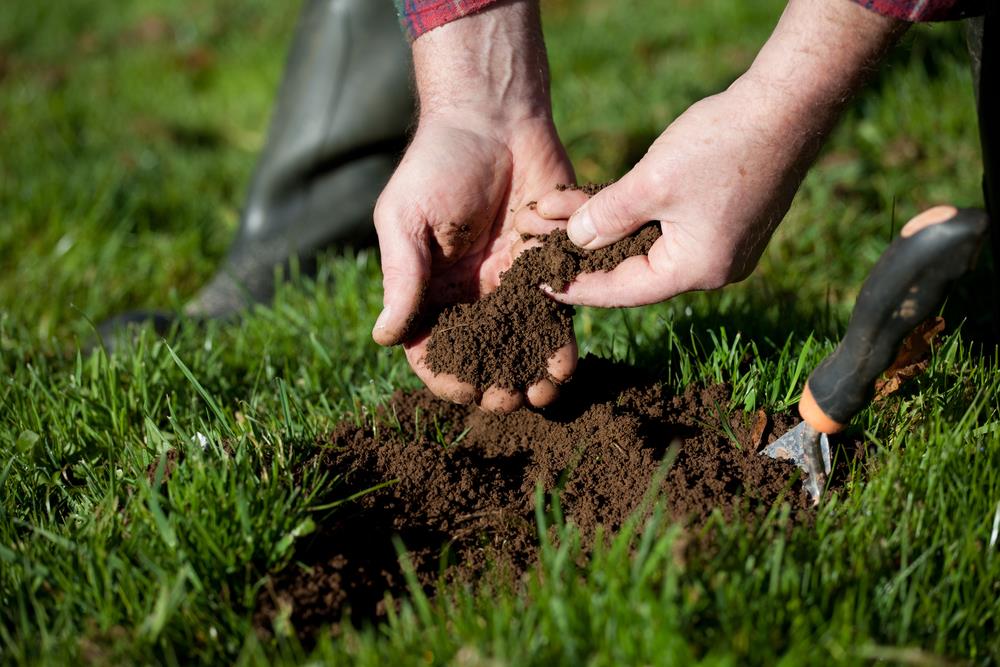
When you’re ready to plant grass in clay soil, the density is key. It’s visually easy to identify if your soil falls into this category – just take a look for yourself! But obtaining reliable readings requires taking samples and doing some basic testing of your own – or getting more accurate results through professional evaluation. Start with evaluating density so that you can give your plants an ideal home rich in nutrients they need.
Want to know what type of soil you’re working with? Take a scoop, add some water and roll the mixture between your fingers. If it forms a pliable ribbon 1-2 in long then its clay-loam but if longer consider yourself lucky – heavier clay awaits.
Step 2: Amend The Soil
With the soil’s density carefully determined, it is now time to make your clay plot a blissful haven for grass. Give nature a helping hand by introducing organic compost into the equation and you will soon have an area that beckons plant life.
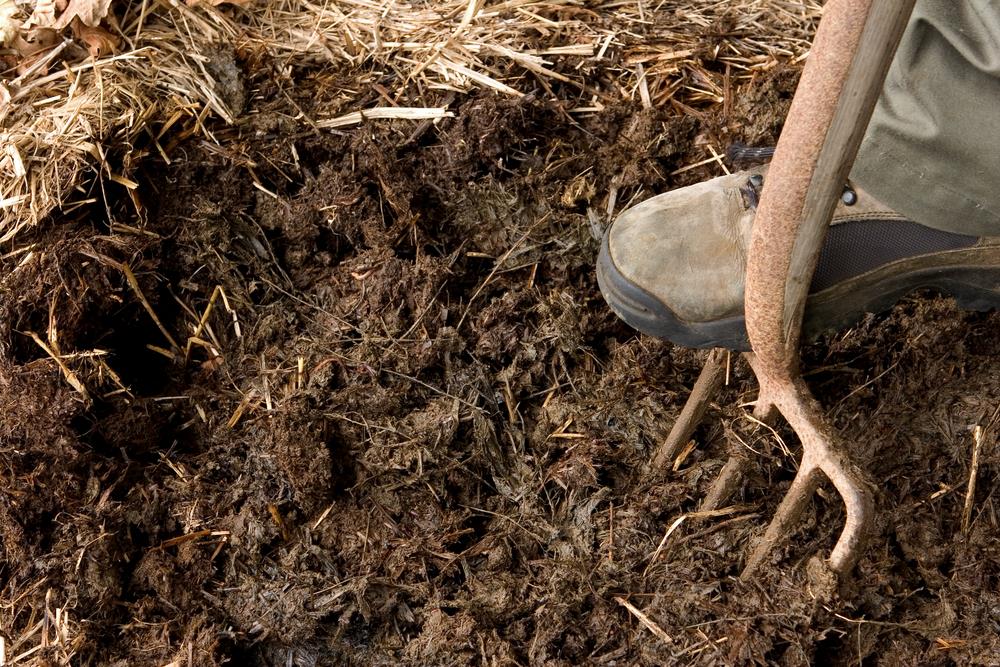
If your soil is lacking in clay, adding compost to a depth of 6 inches can give it an extra boost; however if you have heavier clay soils, tilling in the compost up to 8 inches will make all the difference.
To maximize the soil fertility in your yard, make sure to use a rototiller and mix up that compost. Then let it sit for two months so the clay can really get its groove back.
Step 3: Retest The Soil

After a couple of months, you can see the progress made by adding an organic compound to your soil. Run the “ball test” for confirmation – if it passes with flying colors, you know that Earth is back on track.
If the results of your initial analysis indicate that you need more than an inch-thick layer of organic compound, give it a second application. Then wait patiently before conducting another experiment to ensure accurate results.
Step 4: Measure The Area And Plant Grass
Growing grass in clay soil requires just as much care and attention to detail when measuring the planting area – no more, no less! Knowing how many plugs or seeds you need is essential for a successful outcome.

To ensure you don’t end up wasting or running short of seeds, always reach for the tape measure to accurately determine the area of your plot. This is far more reliable than relying on guesswork.
Start your gardening project off right with a perfect seed distribution! Begin by splitting the seeds into two portions, then spread them across the ground in an upright path using a broadcast spreader. It’s easy and efficient for quick planting success.
To get the best results, plant your second seed with a perpendicular pattern before rolling the area and topping it off with mulch. This ensures an even spread of growth throughout your yard.
Planting grass plugs is a simple task that requires extra attention to detail. Carefully dig six-inch holes and sprinkle with water, then place the plug in – make sure it’s level! To ensure your new lawn takes root, firmly roll over each one for optimal coverage.
Step 5: Moisten The Area
After planting grass on clay soil, ensure your hard work is given the best chance at succeeding. Give it a good drink of water with a ¼” layer grounded by sprinkler onto your newly-sown seed each day or every other day to prevent over saturation while providing just enough H2O for growth and prosperity.
To ensure your lawn is getting just the right amount of water, place a can on the ground to measure and watch your sprinklers at work.
Best Grass To Grow In Clay Soil
Planting in clay soil can be tricky, but the right grass seeds are key for a lush lawn. Choose from Kentucky bluegrass, perennial ryegrass and tall fescue – these types have been specially selected to flourish on clay-heavy ground.
Buffalograss
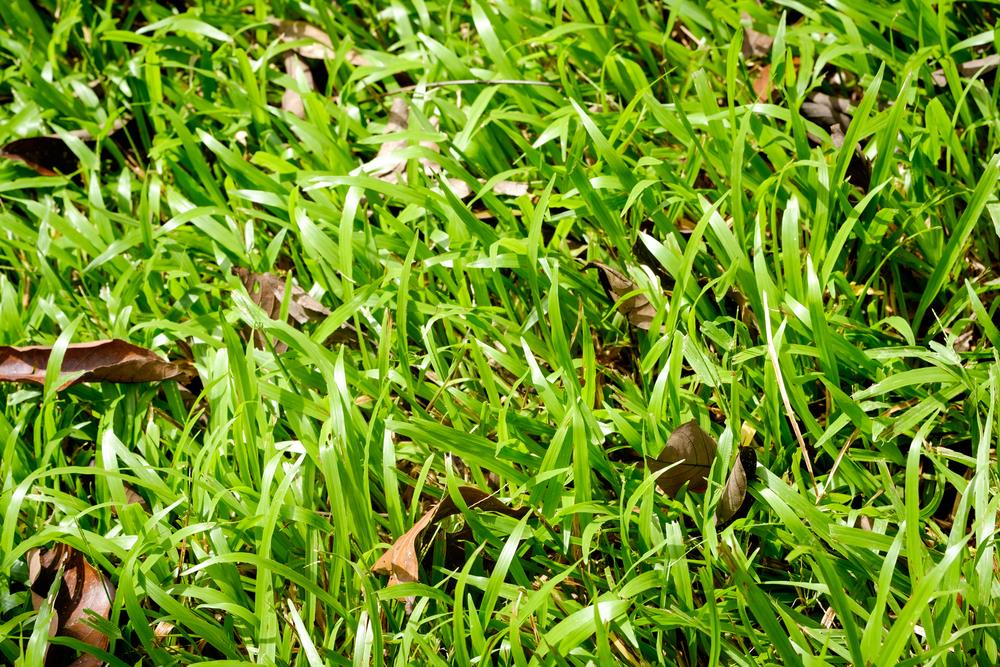
Planting buffalograss is a great way to battle dry and clay soils. This grass’s extensive root system makes it incredibly tough in these conditions, allowing for vibrant growth when the weather warms up – no matter how oppressive drought can be.
Bermuda Grass
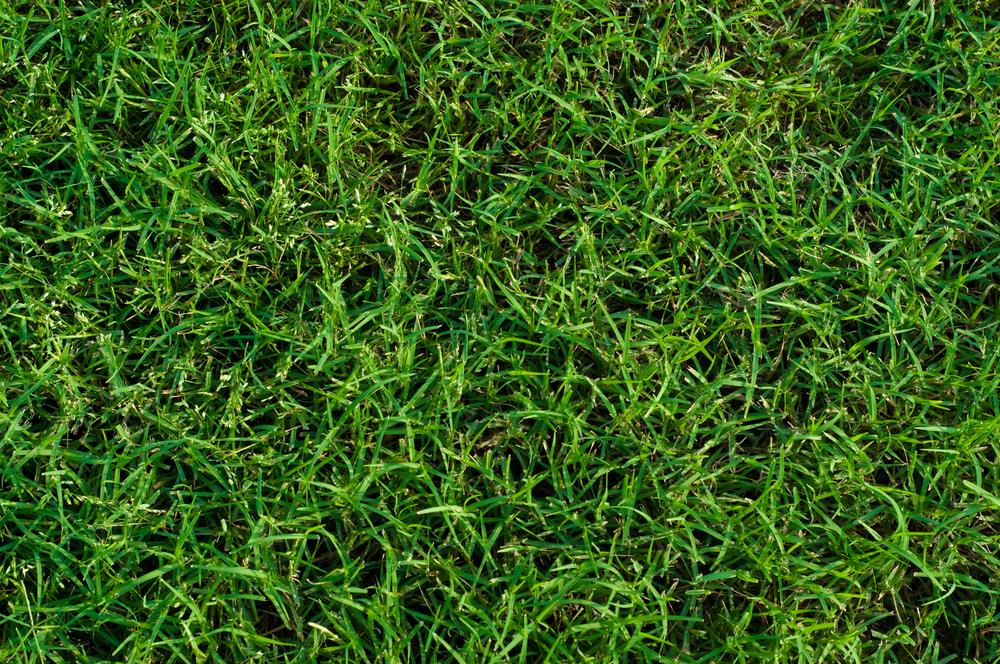
Bermuda grass is an ideal warm season grass for clay soil, as its deep and widespread root system allows it to thrive. Because clay soil tends to hold moisture, the organic matter in clay can be rapidly depleted and clay soils often have difficulty growing life.
However, thanks to the rhizomes produced from its root system, Bermuda grass has a much greater ability to thrive in clay than most other warm season grasses. Moreover, Bermuda grass is particularly effective for heavy clay soil due to an enhanced depth of roots in these more clay-like soils compared with lighter clay soil. This unique characteristic makes this type of grass perfect for public parks, golf courses or any area that requires grass which can withstand heavy clay soils.
Watering Grass In Clay Soil

Clay soil is an ideal choice for those looking to reduce their frequency of watering, but it requires a more consistent and extended effort. Its water-retentive characteristics usually mean that less water needs to be applied compared with other soils – however the rate at which this moisture penetrates can take longer due its sticky composition.
Tips to ensure you have a great grass lawn
- To keep your lawn healthy, green and pest-free, aim for a grass length of 2.5 to 3 inches – just the right height that’ll encourage growth while keeping weeds away.
- Keep your lawn healthy and happy with a deep, weekly drink. Apply 2.5 centimeters (1 inch) of water using a tuna or pet food can as an easy measuring cup – stop once it’s full! Too much H2O will hurt the soil by washing out vital oxygen needed for growth – don’t let that happen to you.
- Give your lawn the vital nutrients it needs – treat it to a nutrient-rich compost feast, and don’t forget about letting grass clippings remain on its surface for extra nourishment.
- To ensure your plants get the nourishment they need, aerate compacted soil in autumn to give water, air and nutrients access to their roots.
- Revitalize patches of thinned soil by sowing fresh seed, or bring in more robust ground covers to fill out these challenging areas.
- Replace grass with paving stones or mulch in heavy traffic areas.
- Check your lawn often to detect pests and other problems early.
If you’re looking for a stress-free way to keep your lawn lush and green, look no further than dedicated lawn care companies. These services make it easy to get the perfect yard without resorting to potentially harmful pesticides; many even offer organic or pesticide-free options.
To choose the option best for you:
- Find out what programs and prices companies in your area offer, and what results you can expect.
- Avoid lawn care programs that apply pesticides even when pests are not present.
When looking for pest protection, don’t just go with any old bug and weed killer. Take the time to read product labels and choose one that is specifically tailored to eliminating your garden’s insect or vegetation problem in an effective yet safe way. Heed all instructions carefully – failure to do so could result in more harm than good.
Ready to turn your clay soil into a lush green haven? With the right plan and strategy, you can easily bring life back to all of that hard ground. So, go forth and launch your grass-growing mission.
Protect animals and insects
Your lawn has many unseen heroes working hard to keep it looking great! From birds and beneficial bugs to earthworms, these natural allies work together for a sustainable outdoor environment. Protecting them is essential if you want your grassy space in top shape.
- Birds and predatory insects (like nematodes) feed on grubs and other pests.
- Insects, earthworms, beneficial fungi, and other micro-organisms break down thatch and aerate the soil.
Protect beneficial species by using insecticides and fungicides sparingly! Taking the extra time to improve your lawn care practices can help you create a lush, healthy landscape without sacrificing nature.
Conclusion
Working with clay soil can be a daunting task when grass needs to be planted. However, improving the soil can make grass growth much easier and more successful in various conditions. One of the best grasses to grow in clay soils is buffalo grass, as it’s roots are very deep, making them far more efficient at harvesting water and nutrients from the ground than other grass varieties. Before planting any type of grass it is important to improve the clay soil by adding sand and compost, which will help separate small aggregates and improve drainage as grass roots need oxygen to grow.
The grass should then be watered adequately for several weeks before mowing it for the first time once it has reached 3 inches or so in height. In order to have a healthy lawn all year round, mow grass regularly and keep mower blades sharp to ensure clean cuts on each blade of grass.
Read more: When and how to mist plants

